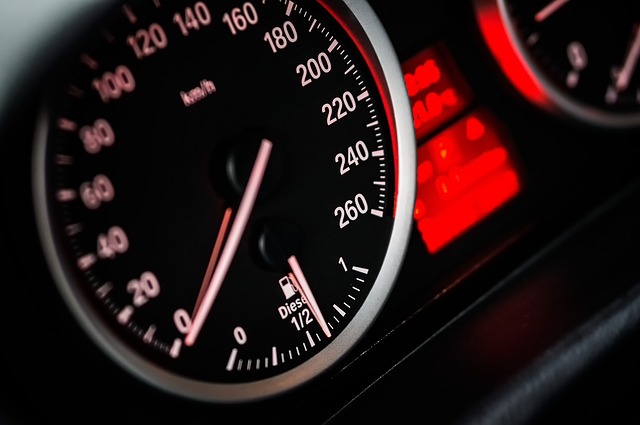
Leasing a car is pretty much like leasing or renting anything else – you pay a deposit or down-payment and then you pay a monthly fee which enables you to use it for a pre-determined period of time. Once the contract ends, the car returns to the leasing company.
Usually the deposit is three-to-six months’ worth of payments, although it’s possible to pay more upfront to lower the ongoing payments. While leasing is very popular in the US, where around 25% of cars are leased, it’s not so popular in the UK, with only one in 20 drivers using a leasing service.
Is leasing a sensible option?
In many ways, leasing a car, especially when you take into account the length of most contracts, is an expensive option. However, for people who like to drive the latest, fanciest model rather than rattling around in an old beater, it’s ideal. For example, a more-than-decent two-year Range Rover leasing deal costs around £400 a month, with a six-month deposit of £2,400. Over the two years the lease will cost £12,000. This might seem a lot, but the cost of a new Range Rover Evoque starts at £30,000.
How does it all work?
As contracts generally last for two, three or four years, you decide how long you’ll want your car for, or how long you can wait for your next amazing set of wheels.
Then you need to choose the car you want – as you can imagine, a four-door run-around will be a lot cheaper than a sporty or luxury model. You have to be realistic here – you’ll be paying that monthly fee for at least two years, so don’t go outside your budget.
Include VAT!
In the UK, leasing is mainly done by companies rather than private individuals so many prices leave out VAT. Make sure you have the right amount – if you see a deal is “excl VAT”, then add 20% to the quote (which may hurt…).
The process
You order your car and all its specifications, then you’ll pay a processing fee so that your dealer can get the ball rolling. This is all after you’ve been approved for the finance and after you’ve agreed your contract term and your mileage allowance. A good tip is to NOT skimp on this allowance as you can get badly stung if you exceed it. Some deals mean that you’ll pay 10 pence per mile over the limit!
Once everything’s in the pipeline, your leasing company will sort out the delivery for you. They may also sort out servicing, insurance, breakdown cover and road tax for you as well, which saves you a few jobs!
What happens when the two years is up?
When the term is up, you can either extend the lease or you can give the car back. If you decide to extend the lease, you can always ask for reduced payments as the car is now older – call the company a few months before the contract expires to discuss this.
If you do hand the car back and it’s in good condition and within its mileage limit, then the leasing company will come to collect it from you. You need to call them at least a month beforehand to arrange this. If you have gone over your mileage limit then you’ll face surcharges. You may also have to pay for excessive wear and tear, so discuss this as well before the handover.